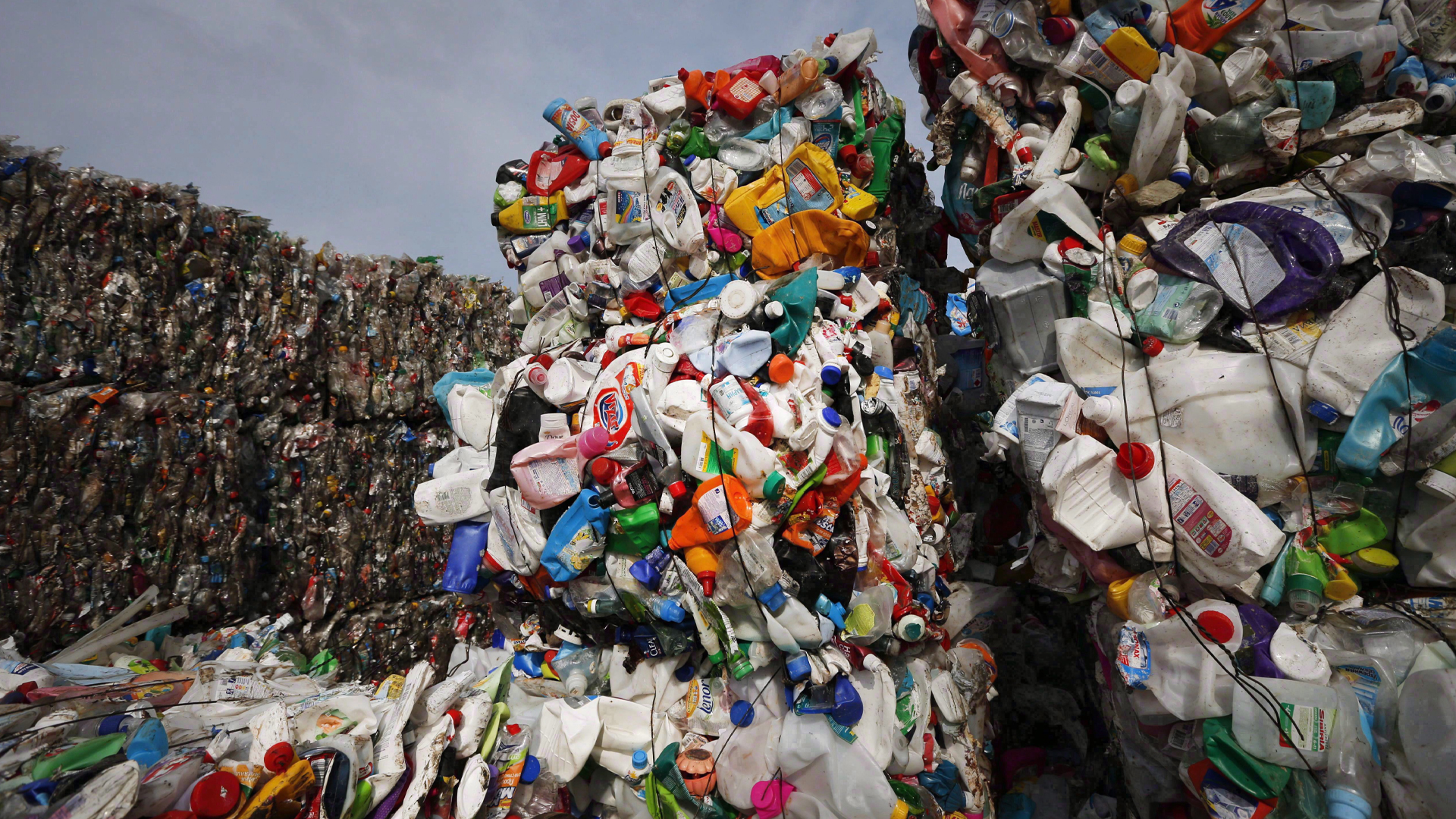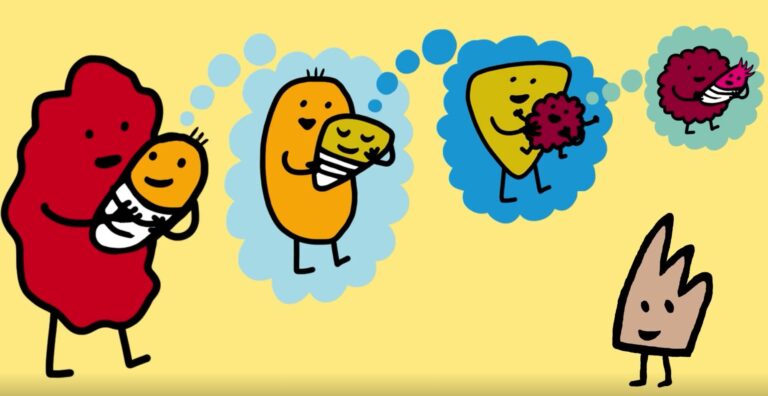(Version française disponible ici)
At a recent international summit in Ottawa, representatives from 175 countries laid the foundations for a global treaty to combat plastic pollution.
This initiative echoes the words of Environment and Climate Change Minister Steven Guilbeault who reminded us last summer that “fighting plastic pollution starts at home.” At the time, the minister emphasized his desire to negotiate “a legally binding and ambitious international agreement to end plastic pollution.”
Beyond Ottawa’s stated determination to tackle this scourge, the episode was a reminder that globalization also includes managing waste.
China, a haven for waste
Historically, China was the main destination for much of the Western world’s plastic waste. That all changed with the adoption of a policy called “national sword”, which tightened the import of recyclable materials in addition to banning the import of plastic waste from 2018. Operation national sword was the successor to operation green fence, which had similar objectives, but was only temporary in scope.
In just a few months, developed countries, including Canada, had to find alternative outlets for their waste. This has led to profound upheaval in international trade in this sector.
How did Canada reorganize itself? Where did our plastic waste go after China banned it?
Prior to 2017 and Chinese restrictions, Canada’s global annual exports of plastic waste were about 210,000 tonnes. After national sword came into force, exports fell to around 150,000 tonnes for the period covering 2018 to 2020. They increased again thereafter as Canada found other takers, so that by 2022, quantities were approaching levels from before China’s ban.
Results vary from province to province
A recent CIRANO study assembled available international trade data to paint a picture of plastic waste trade in Canada. Figure 1 shows the changing geography of Canadian plastic waste exports.
It reflects the shock caused by the closure of China’s borders to this type of waste: China’s share of Canadian exports fell from 45 per cent to less than 2 per cent after 2018. Some exports were redirected to Malaysia, India and Thailand. But this change was only temporary, as the countries concerned in turn tightened their policies.
The United States has become Canada’s nearly exclusive partner for this waste, rising from less than 50 per cent in 2016 to 91 per cent in 2022. The data also shows how Canadian provinces have adjusted. In 2016, before China’s waste ban, 56 per cent of exports were from Ontario, 20 per cent from Quebec and 15 per cent from British Columbia, for a total of 90 per cent of all Canadian plastic waste exports coming from these three provinces.
The situation changed dramatically after the ban. By 2021, Ontario accounted for 62 per cent of exports, Quebec for 24 per cent, and the share of waste from British Columbia had dropped to just 5 per cent of exported waste.
What happened?
Although the total volume of plastic waste exports fell by around 30 per cent for the whole country, the drop in British Columbia was most pronounced, with a reduction of almost 70 per cent between 2016 and 2022. It is mainly attributable to a 73 per cent decrease in the volume of exports of mixed, less sorted and less recoverable plastic waste, categorized under “other plastic waste.” This can be explained by the province’s recycling efforts.
Ontario saw a 5 per cent drop in export volume between 2016 and 2022, even though its share of total exports increased. As in British Columbia, this decline is attributable to a decrease in exports of less recoverable plastic waste.
What’s happening in Quebec? Montreal is at the core of the province’s waste management strategy. However, the city’s sorting centers have encountered difficulties in recent years: a change of operator, a backlog of bales and a contamination rate that is too high. This could explain why Quebec saw a slight drop (barely 5 per cent between 2016 and 2021) in export volumes after the Chinese ban compared to other provinces. However, the quantity of waste exported fell sharply by more than 2 per cent between 2021 and 2022, bringing the decline between 2016 and 2022 to 7 per cent.
While we await more recent figures, the modernization of selective collection in Quebec, due to come into effect in 2025, creates grounds for optimism. According to the forthcoming regulations, three of the four categories of plastic materials whose recycling rates will have to be improved belong to the “other plastic waste” category of the harmonized system, i.e. those that are least recovered.
Better data for a better waste management
Possible recommendations are limited by our understanding of the phenomenon. Canada needs to track more precisely the types of plastic waste traded internationally.
International trade data, however, say nothing about domestic waste management. What fraction of waste is treated and recovered in Canada? Is waste exchanged among provinces? For the moment, the data are patchy and difficult to compare. Also, they do not consider non-domestic waste, such as that from construction or other industries, for example.
Canadian data would enable us to understand inter-provincial differences, and thus see whether measures taken in certain provinces – including British Columbia – are helping to limit plastic waste exports and improve local processing.
The few studies on the trade in plastic waste focus on exports from Western countries. Indeed, European countries and the United States are net exporters of waste, i.e. they export more than they import. From this point of view, the Canadian situation is unclear since our country imports almost as much plastic waste as it exports. In 2019, Canada exported 142,000 tonnes of plastic waste and imported 166,000 tonnes. That same year, 95 per cent of imports came from the United States, especially from East Coast states such as New York and New Jersey.
Why do we import such large quantities of plastic waste when we produce so much? One hypothesis is that Canada, and Quebec in particular, exports bales of plastic waste of lower value, and therefore possibly poorly sorted, and imports waste of higher value, and therefore better sorted and more easily usable in production chains. It’s a credible idea, but detailed data is needed to confirm or refute it.
Poor management of plastic waste makes it the primary source of contamination of natural environments, mainly the oceans and developing countries. The effects are also felt locally, as inadequate incineration of this waste generates air pollutants.
The stakes are high enough for government agencies to devote more effort to gathering data, to better understand the phenomenon and assess the effectiveness of environmental policies. That said, we urge decision-makers to take concrete action for better plastics management, particularly to reduce it from the source.













